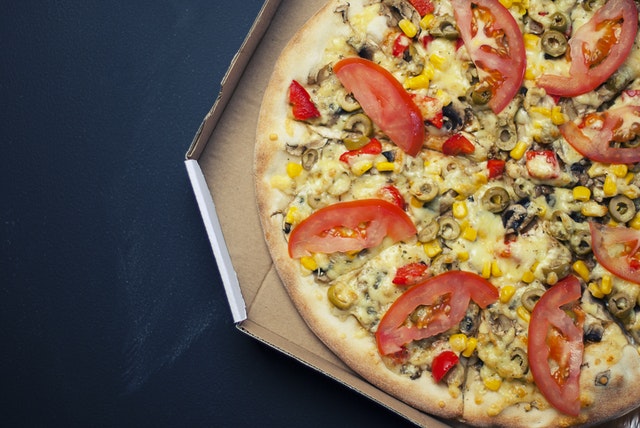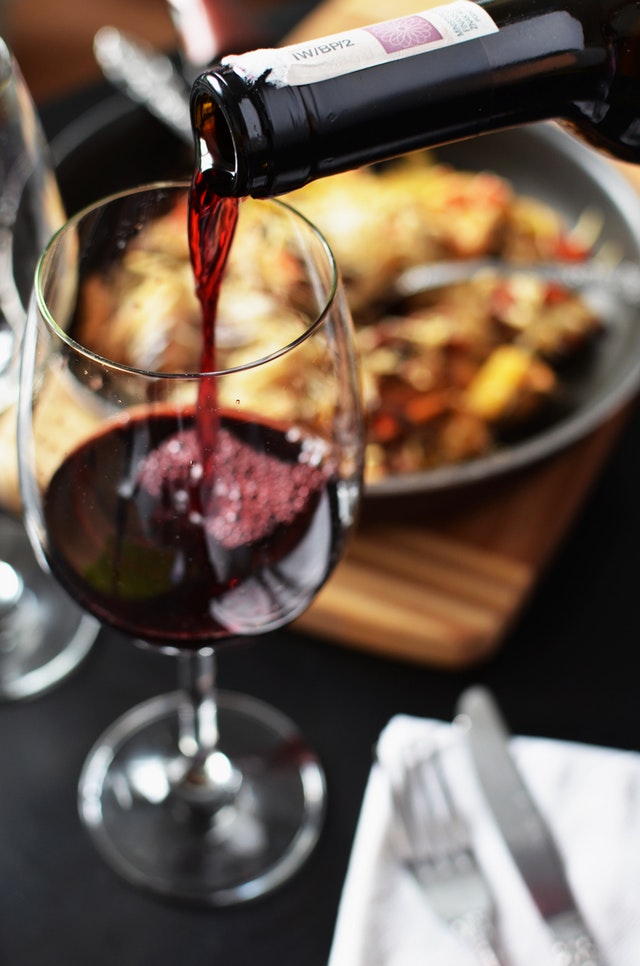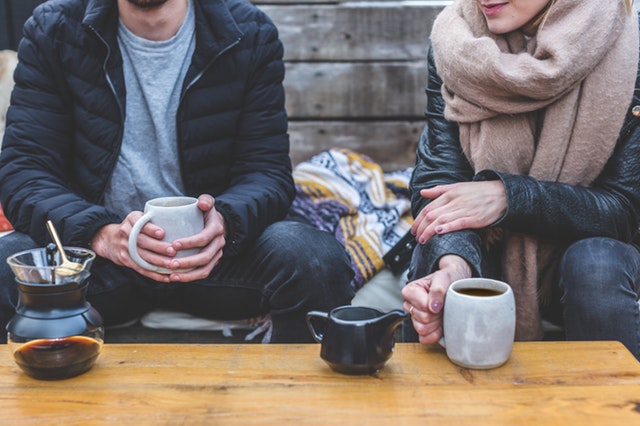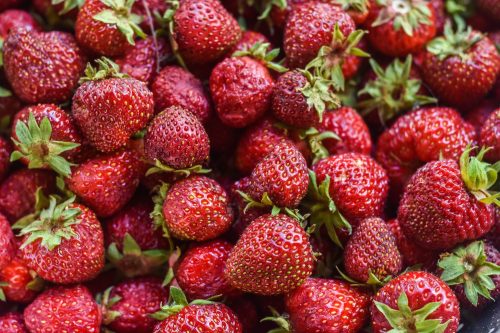I never expected to be taking so many mobile phone pictures of meals from breakfast restaurants, but now, like many Instagram fans I cannot imagine not doing this.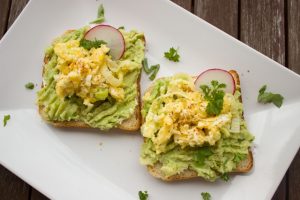
It is almost as if I think of my phone as camera that has the additional feature of being able to call people, rather than the other way around. With my experience I’ve noticed there are some common mistakes that you see people making when shooting their meals when eating out or taking home for sharing on Instagram. So here are three tips to get your food photography popping.
Don’t use the flash.
There’s something about flash and food which only makes the food seem like an autopsy report. I believe some folks also get too near. When you get too near food it will not look attractive. It looks like a science experiment. I will attempt to step back a little bit, actually attempt to set the food in the circumstance where it is being experienced at the restaurant. For instance notice in the photo below how I capture the wine as well? That’s because I was in the Yarra Valley and felt it was integral to where I was and the meal I was eating.
I shall [also] practically never place a filter on meals, since it has a tendency to skew the colours as well as the tones in an awkward way. There’s nothing attractive about a spinach salad using a reddish tint to it since you put on a classic filter.
Utilise Composition and Lighting
The most essential components are really composition and lighting. Whenever you’re taking a cell photo, you truly need to be certain that the surroundings you’re in has good lighting. If I am at a restaurant among the first things that I will do is ask if I could sit by the window or sit out. With food, the colours need to be correct or it does not seem like something you’d want to consume.
People are kind of hardwired to either like or dislike a food based on how it seems. Fantastic lighting will bring out the natural colours. When it’s something which we are familiar with and the colours do not seem like what we have previously experienced, it does not seem right. You wouldn’t wish to have a hot dog that’s blue. You’ve got these preconceived notions that a hot dog ought to be reddish.
Express the Environment
There’s something particular about food which it sort of brings people together and that’s something which I attempt to integrate in my photographs. It is how food makes people socialize with each other which makes it kind of intriguing. By placing in this human component, a hand or an individual, even holding a cup of coffee and viewing two fingers at the backdrop, it makes it a little more approachable.
Personally, I love to shoot lunch or all day breakfast meals since light will be a good deal better earlier in the afternoon. I really like shooting coffee, but it is tough to find exceptional shots of the exact same drink everyday. Generally, food which includes structure to it will come out a little bit better.
Hopefully my tips are helpful, I think capturing meals is such a beautiful way to utilise photography as there is a certain enchantment to the way food is presented which is often forgotten about once you have finished eating. If you keep my three tips in mind hopefully you’ll capture some amazing photos. Good luck!
